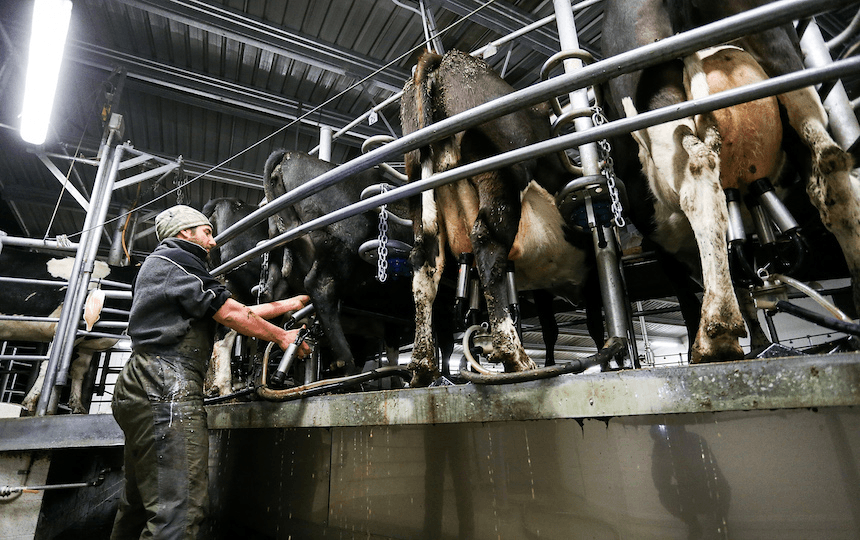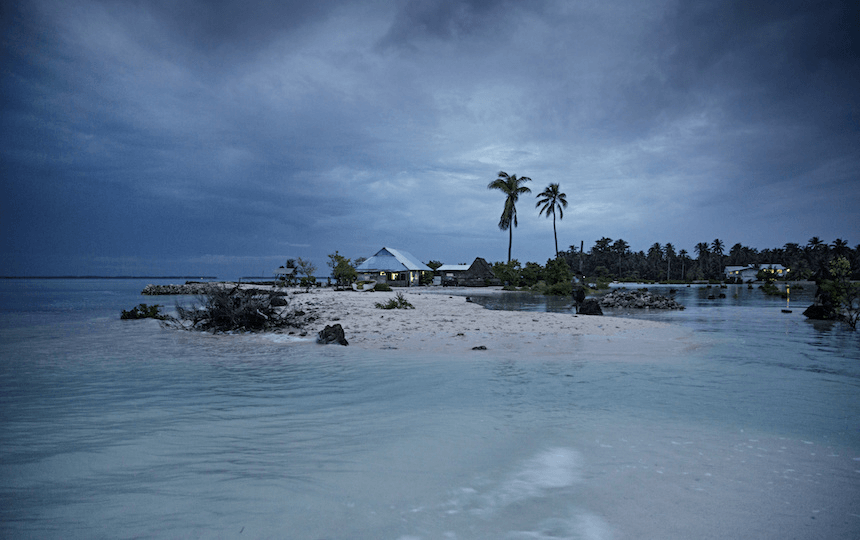Climate change is going to dramatically disfigure New Zealand’s economy, cutting up to half our GDP, according to fund manager Lance Wiggs. The good news? We have a chance to lead in a new low-carbon world – or we could do nothing and perhaps see our economy, and society, collapse.
Sometimes the future is easy to predict.
I was an early owner of several digital cameras and the iPhone 3G, and it quickly became clear what the future of photography and phones was going to be. The demise of Nokia, Blackberry, Motorola and Kodak was dictated only by how quickly the new entrants could deliver their new products in bulk at realistic prices.
Today’s prescient product is from Tesla, their electric cars an evolutionary moment that has clearly signalled the era of the internal combustion engine in automobiles will soon end.
Like the original digital cameras and iPhone Tesla’s electric vehicles are currently expensive and rare. But we now know that electric cars are already quieter, faster, intrinsically safer and cheaper to run than current cars. We also know that they have less parts, are simpler to design and build and have lower maintenance costs, and that means they will become better, faster and cheaper than anything current technology can provide.
Meanwhile Tesla’s home and utility scale batteries and solar panels (including solar panel roof tiles), along with global investment into renewable power, are showing that electricity generation and distribution is forever changed too.
It’s now 100% certain that we are witnessing the downfall of the fossil fuel powered automobile industry as well as the oil, energy coal and natural gas industries. We can expect some survivors; we will still need some fossil fuels for industrial products, chemicals and plastics, and some of the automobile manufacturers will migrate to the new electric economy. But as Nokia and Kodak proved, changing the course of a slow moving giant company is almost impossible and we can expect their investors to lose a lot of money.
Smart investors can, of course, make a lot of money by forecasting change. I managed to ride the rise of Apple for a long time and I’ve also invested a little in Tesla. Punakaiki Fund, which I help manage, has focused investments on newer businesses that will survive and thrive in a low carbon economy. And just this week New Zealand’s Super Fund announced that they have moved their investments in global shares to low-carbon intensive industries. Will the New Zealand government have the foresight to lead our economy in the same direction? Or will we be like the global publicly listed coal companies, which fell in value by 90% over past seven years?
It’s been five years since the Tesla S was introduced, but for our Prime Minister Bill English his lightbulb moment arrived only recently, after an experience with an electric car in Australia. That moment sparked a policy change for the New Zealand Government to invest an electric car fleet. While that’s good it’s also too little, as English committed to converting only a third of the fleet to electric by 2021.
The deeper concern is that the former Finance Minister, despite abundant evidence that New Zealand faces a low carbon future, needed to get inside an electric car in order to change policy. New Zealand should be well beyond the stage where personal experience is trumping evidence when it comes to driving policy.
We should instead take note when people predict the future, especially when they have a track record of success. We have an opportunity react more quickly than other investors, companies and countries in order to protect and grow our economy.
Imagine if we were able to assemble hundreds of the very best experts from across the world, and get them to predict the future. Imagine if their regular reports made predictions that kept on becoming true. Now imagine if they had agreed on a future where half of GDP was at serious risk.
Those experts are climate scientists, and the reports are the regular IPCC Assessment Reports. Their predictions are dire.
The Financial Evidence
As Bill English’s actions show, it’s hard to make brave and expensive decisions unless we are really confronted with the evidence. And it’s also hard to make policy or investment decisions when the status quo is so comfortable, and when so many other things demand immediate attention.
Help has arrived in the form of an analyst report on the climate crisis by Schroders Bank. Tagged “for professional investors and advisors only” it describes climate change issues and consequences in a way that economists, policy makers and politicians can love.
Not that there is any loveable news. The chart below shows that the world is on a trajectory to lose over 10% of GDP over the next 33 years to 2050. That assumes we will spend US$700 billion each year in annual global climate investment – a courageous assumption given the current state of global politics and the chance of more wars as the crisis intensifies.
What can we do?
The only effective way for the world to reduce the impact of the climate crisis is to sharply drop emissions of greenhouse gases like CO2, and the only way to do that is to make those emissions costly. Whatever the mechanism this will result in vast increases in the prices of oil and coal, and high costs allocated to other emitters like methane belching cattle. The winners in this new world will be suppliers of emission-free technology, like electric cars and solar panels and producers, and regions who switch production to low-carbon methods early.
At some stage judgment day will come, and high carbon producers will be marginalised into non-existence.
New Zealand will be less affected by sea and temperature rise than other parts of the world, but our carbon dependent export economy will be at tremendous risk. We still have the choice of positioning ourselves for the future and taking a global leadership position to help the shift to a post-carbon economy. Or we could do nothing, which could see our economy, and thus society, collapse.
Our entire ICT sector in New Zealand is already ready for climate change, but our dominant agricultural sector is not. Our tourism sector will suffer deeply unless we take a world leading approach to managing our emissions, and we can expect fossil fuel powered air travel to decline anyway. But if we change now it we will create the environment to help launch a series of global companies that are fit for purpose in a post-carbon world. Why can’t the replacements for the current automobile and oil companies emerge from New Zealand?
We need the Government
In New Zealand we are in a race, a war even, with the other countries to be the first to put in place strict rules and regulations that would accelerate our transformation into post oil economy.
The way to do this is simple – tax all carbon emissions, including from agriculture, perhaps using a GST-like approach where the tax cascades down from the producers to the customers. Use the tax to subsidise the affected end users, the companies that invest in change, and even to lower other taxes or provide social welfare. Like GST there can be no exceptions, and we need to ramp up the tax over time.
As the crisis deepens we can expect an increasing share of our markets to be forced to introduce a carbon tax, and if we are prepared then we will be producers with the lowest cost and highest quality products.
The choice is simple – impose a simple change and perhaps create the next General Motors or Toyota from New Zealand, or do nothing and risk losing half of our GDP or worse.
Climate Change Week at The Spinoff is brought to you by An Inconvenient Sequel – in cinemas August 24.
A decade after Al Gore’s film, An Inconvenient Truth, brought climate change into the heart of popular culture comes An Inconvenient Sequel – highlighting the perils of unmitigated climate change and the need for more action. See it in cinemas from Thursday August 24.




